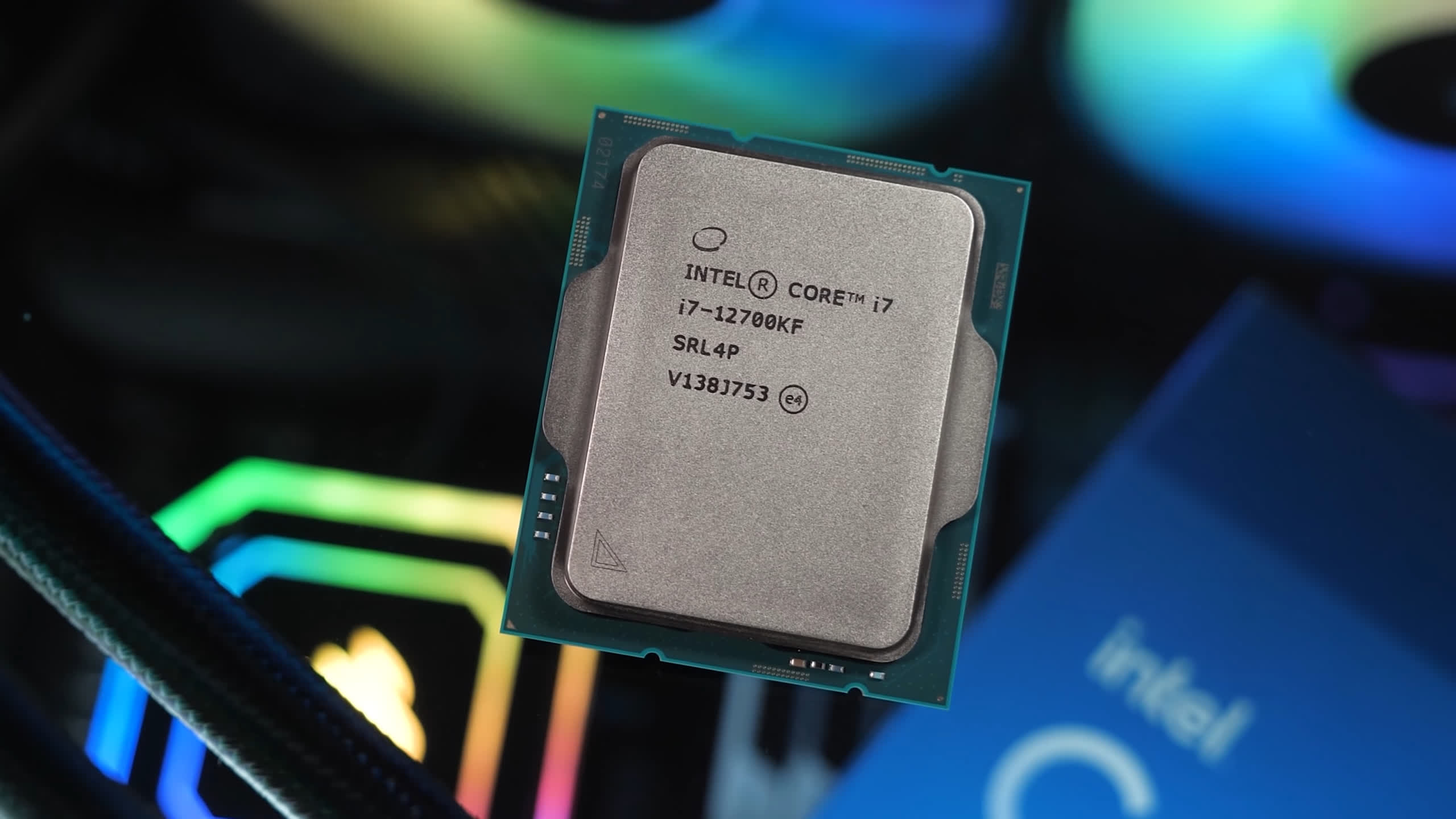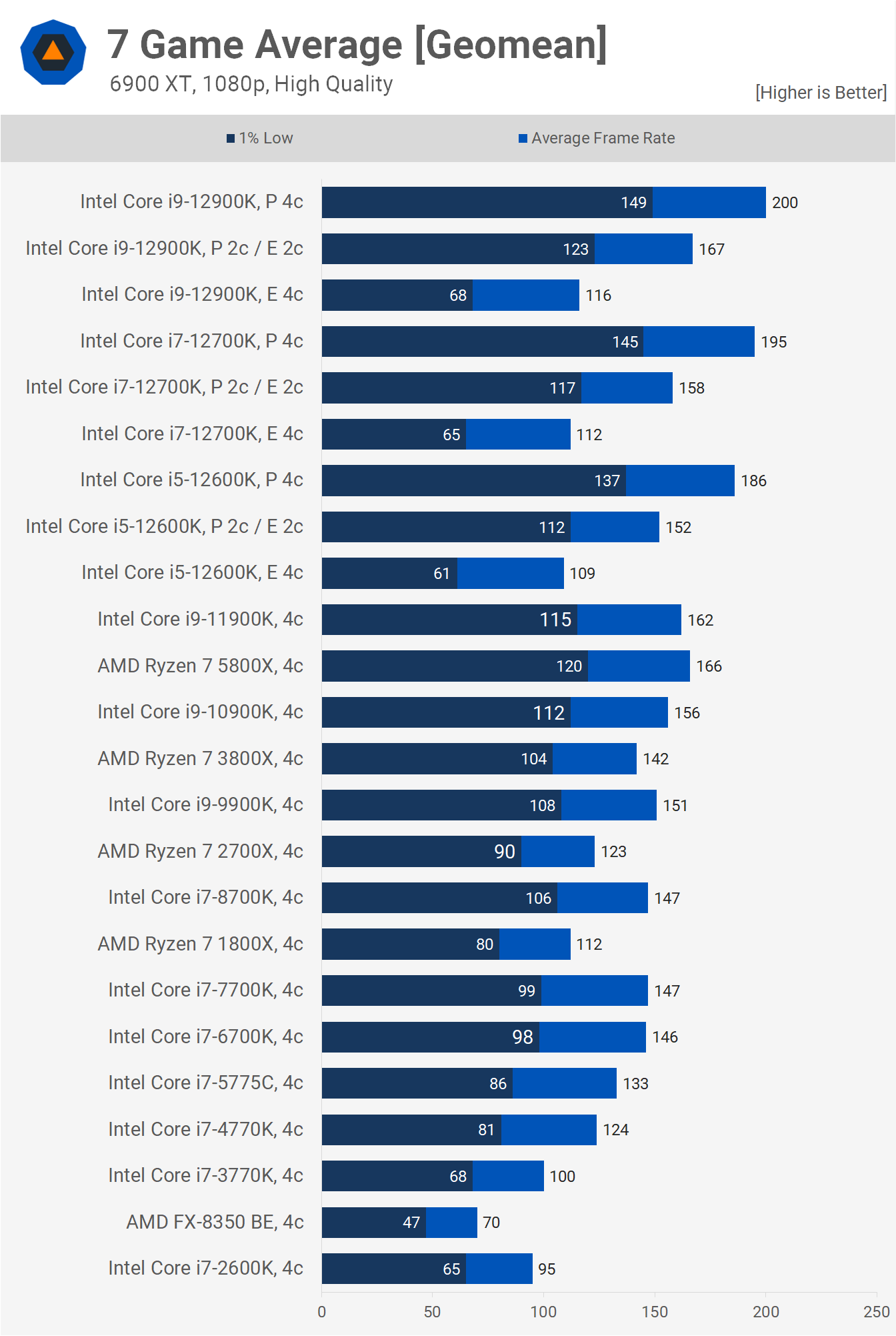Underfox has an interesting tweet about an Intel patent that got accepted this year... He says it's for Ocean Cove but his observations about what's being shown in the patent are shocking. What do you guys make of this?
Here's the patent itself:
I wouldn't read to much into this, Underfox is a very reputable source when it comes to unearthing patents, but in this particular instance I believe the information to be out of date.
These patents were no doubt authorized, but Ocean Cove has been cancelled by Intel for at least a year now.
Ocean Cove was meant to be the next natural progression of Intel's Microarchitecture, sticking to the iterative engineering formula that they have employed internally for decades now. (Wider, Deeper, Smarter). However a more radical departure from previous designs was suggested instead by Jim Keller et al, and as such Ocean Cove was cancelled and replaced with this new radical design. (Most likely Lunar Lake & Beyond)
I know *very* little about this new design. But what I do know is that it completely changes the way we think about physical cores, and it is instead based around the idea of abandoning big core designs such as Golden Cove, Redwood Cove, etc, and only having small cores. The "big" cores will be created dynamically as and when needed by stitching together little cores.
So instead of having something like Alder Lake where you have 8 Golden Cove Cores and 8 Gracemont Cores, in the next generation design you would simply have something like 48 ****mont cores. The configuration of these cores is then managed by a process (I'm not sure whether it's Hardware or software based yet)
You could have configs that change on the fly depending on what the user needs:
- 48 mont cores, and 0 cove cores (maximum multi-threading performance)
- 32 mont cores and 8 cove cores (via stitching together 16 mont cores into pairs)
- 16 mont cores and 16 cove cores (via stitching together 32 mont cores into pairs)
In the long term you could even merge the mont cores together into larger groups, and have something along the lines of:
- 32 mont cores and 4 cove cores, and 2 super-wide cove cores (via stitching together 8 mont cores into pairs, and another 8 mont cores into 2 groups of 4)
Essentially, the idea is why constrain yourself to a particular configuration right out of the factory, when you can dynamically resize cores by merging smaller components together as and when needed?
Just imagine merging together 4 Gracemont cores together horizontally into one super-wide core, and then imagine doing that with future more advanced ****mont cores.
THAT is Intel's vision of the future.





